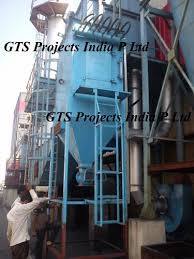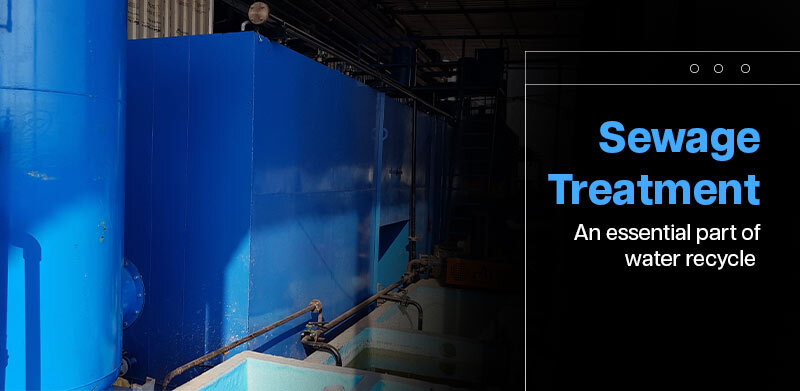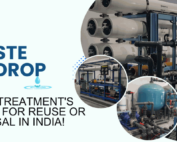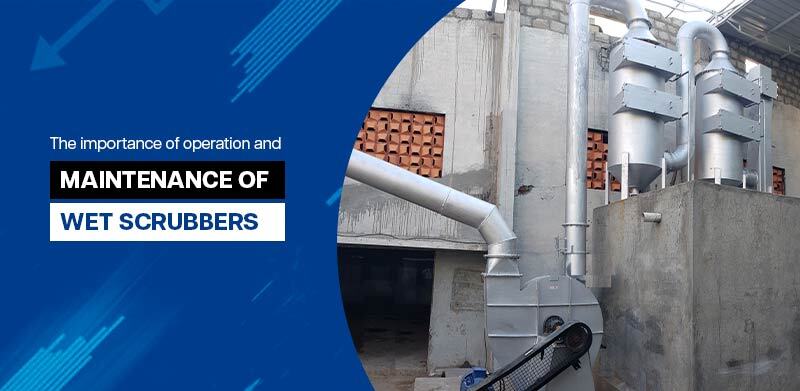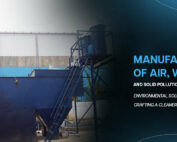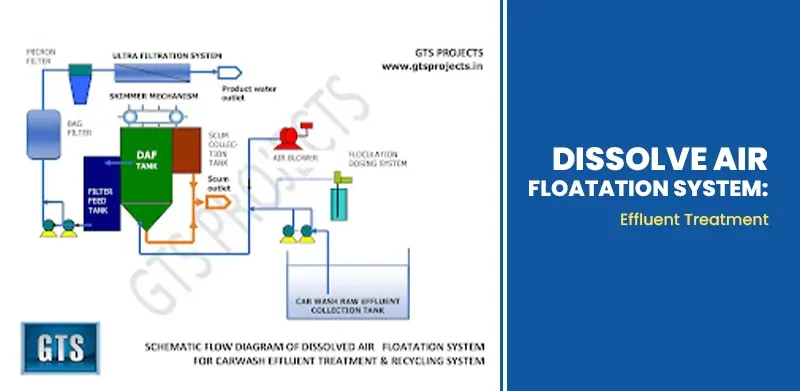Dust Collection Systems: Features, Key Components, and Applications
Dust collection systems, also known as air pollution control systems or bag filters, are designed to remove particulate matter and pollutants from industrial and commercial air streams. These systems play a crucial role in maintaining air quality and ensuring the safety and well-being of workers and the surrounding environment.
Here are some key components and features of dust collection systems:
Bag Filters:
Bag filters are the primary components of dust collection systems. They consist of a series of fabric bags made from materials such as woven or felted fabric or nonwoven felt. The bags are arranged in a housing or chamber, and the contaminated air passes through them. The dust particles are captured on the surface of the bags while the clean air passes through.
Dust Collection Mechanism:
The collection of dust occurs as the contaminated air flows through the bag filters. Larger particles settle on the surface of the bags due to inertial or gravitational forces. Smaller particles are captured through various mechanisms like interception, diffusion, and electrostatic attraction, depending on the characteristics of the particles and the design of the filter.
Dust Disposal:
Once the dust is collected on the surface of the bags, it needs to be periodically removed to maintain the efficiency of the system. This process is called dust disposal. It can be done through various methods, such as mechanical shaking or pulsing compressed air to dislodge the dust from the bags, which then falls into a collection hopper for further disposal or reuse.
Filtration Efficiency:
The filtration efficiency of a dust collection system refers to its ability to capture and remove dust particles of various sizes. The efficiency is influenced by factors such as the design and quality of the filter media, the air velocity through the filters, and the size and characteristics of the particles to be captured. Higher efficiency systems are capable of capturing a larger percentage of particles, including fine and ultrafine particles.
System Design:
Dust collection systems are designed based on the specific requirements of the application and the type of pollutants to be controlled. Factors such as airflow volume, pressure drop, temperature, humidity, and the nature of the particulate matter are considered during the design process. The layout and configuration of the system may include components such as ductwork, fans, and control devices to optimize the performance and ensure efficient dust collection.
Environmental Regulations:
Dust collection systems play a vital role in meeting environmental regulations and standards regarding air quality and emissions. Many industries are required to install and operate dust collection systems to control their particulate emissions and protect the environment. Compliance with these regulations helps in minimizing the impact of industrial activities on air pollution and human health.
Applications:
Dust collection systems are used in a wide range of industries, including metalworking, woodworking, pharmaceuticals, food processing, mining, cement production, power generation, and many more. Any industrial process that generates airborne particulate matter can benefit from the installation of a well-designed dust collection system.
It’s worth noting that while dust collection systems are effective in removing particulate matter, they may not be suitable for capturing gases, volatile organic compounds (VOCs), or certain hazardous substances. In such cases, additional air pollution control measures may be required, such as scrubbers, adsorption systems, or catalytic converters, depending on the specific pollutants involved.

